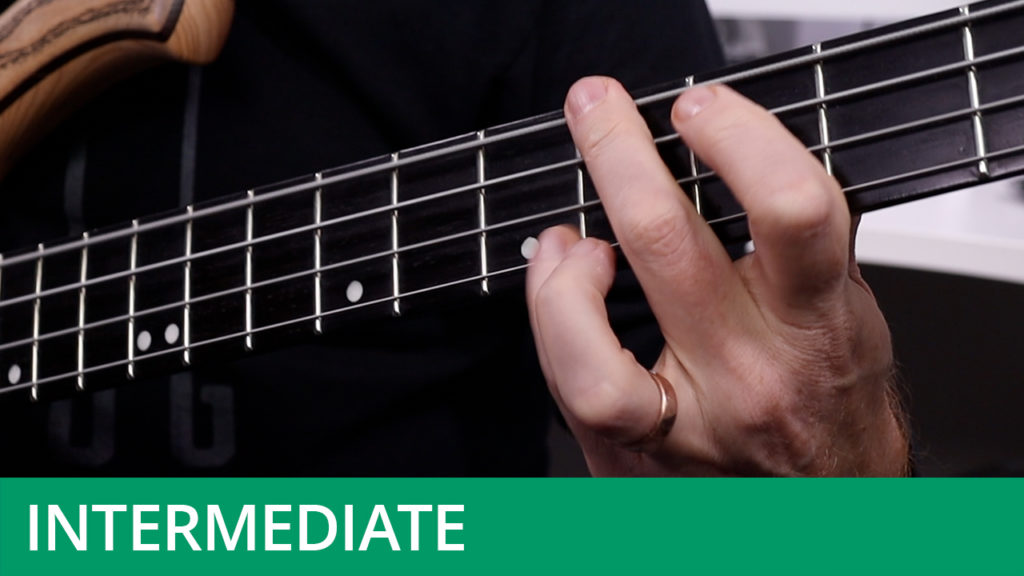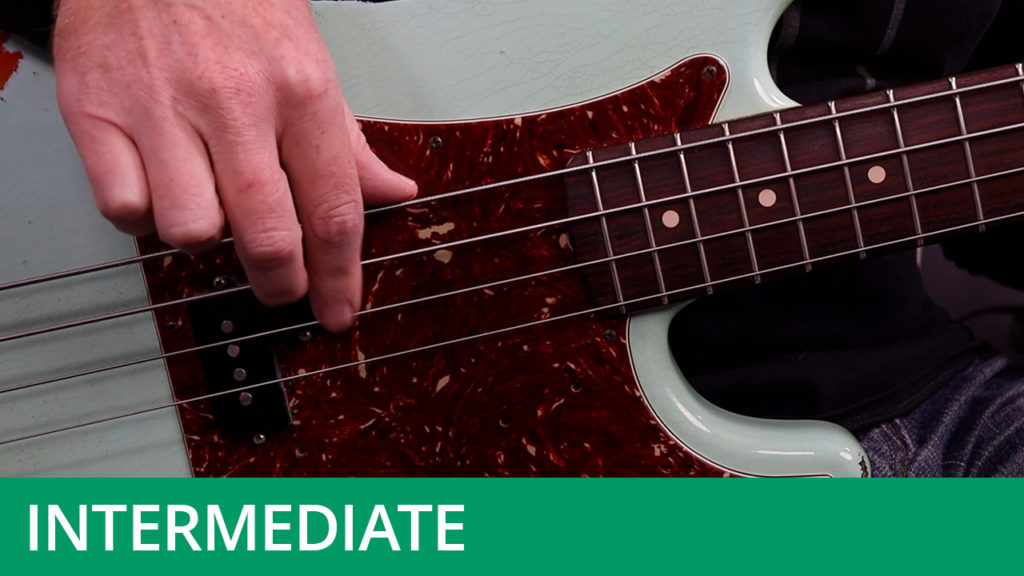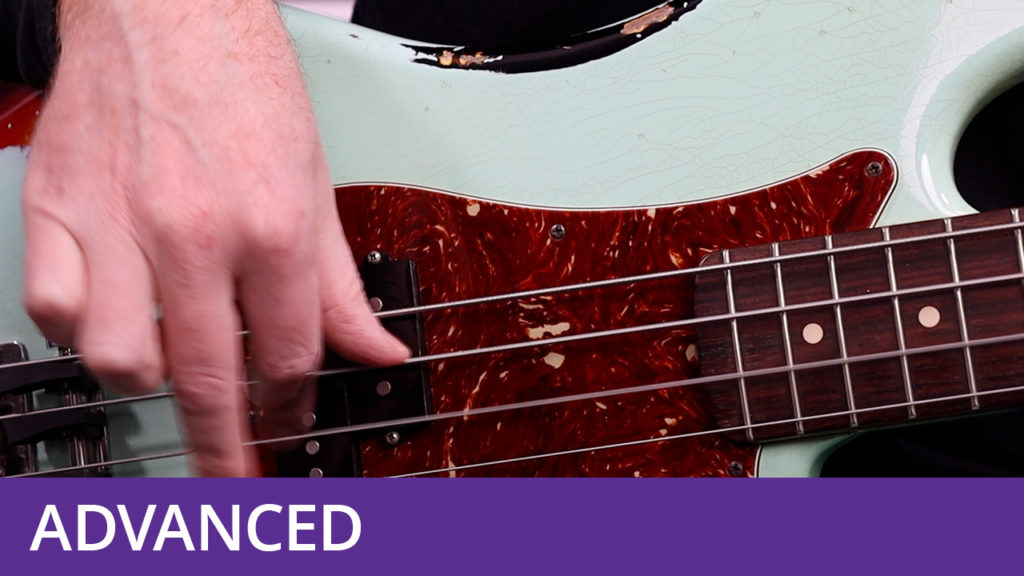Bass Lick of the Week #2
Course Duration: | Difficulty Level: 4
This exercise is a fingerstyle line that uses major and minor tenth intervals to imply chordal parts alongside a bassline.
This exercise makes extensive use of tenth intervals. A tenth is a compound major or minor third, that is, one that is over an octave above the root note. For example, the interval between A and C# is a major third they are three scale steps apart - if we use the A at the fifth fret of the E-string and the C# at the fourth fret of the A-string. If the C# is played an octave higher - at the sixth fret of the G-string - the notes are ten scale steps apart, which is referred to as a major tenth. A minor tenth can be played by moving the third down a fret from a major third to a minor (C in place of C#). Tenths are popular with bass players as they help us to suggest harmony in our basslines.
This exercise is based around an E tonal centre. After opening with an E, we play a minor tenth interval from the G#, then a major tenth interval from A. When playing the tenth interval on A, you should use the open A-string - this will allow the notes to ring together, helping create a brief chordal sound. It will also help with the position shifts. The same approach is taken at the end of the first bar - when playing the D major tenth, the open D-string is used.
Good luck with this exercise - it’s fun to play, but it’s a bit of a finger-twister!
To download the backing track and PDF worksheet for this exercise, please visit the Free Stuff section of the website.




